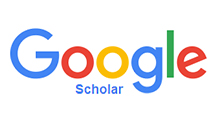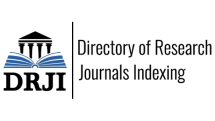The Use of Religios and Mystical Elements in the Works Performed by Ahmet Ozhan
DOI:
https://doi.org/10.5281/zenodo.15767152Keywords:
Allah, Hak, Rahmân, Love, WahdatAbstract
This article analyzes the key concepts related to the recitation and comprehension of the Qur’an, examining both its verbal and spiritual dimensions. Through the notions of qirāʾah, tilāwah, and tartīl, the study explores how the Qur’an should be recited, while the concepts of tafakkur, tadabbur, and tadhakkur are used to highlight the significance of understanding the Qur’anic message and integrating it into daily life. The nuanced differences among these terms are clarified, emphasizing their role in cultivating a Qur’an-centered intellectual and spiritual framework.
Additionally, the article investigates how the Qur’an has been received and taught throughout the Turkic world, focusing on both historical and contemporary practices. It discusses the mystical reading tradition of Ahmad Yasawī, the revival of Qur’anic education in Central Asia following the Soviet era, and the supportive role of institutions such as the Turkish Religious Foundation. The study ultimately concludes that the Qur’an should not only be recited but also deeply understood and embodied in life.
Downloads
Published
How to Cite
Issue
Section
License
Copyright (c) 2025 Turkish World and Turkish Teaching

This work is licensed under a Creative Commons Attribution 4.0 International License.









